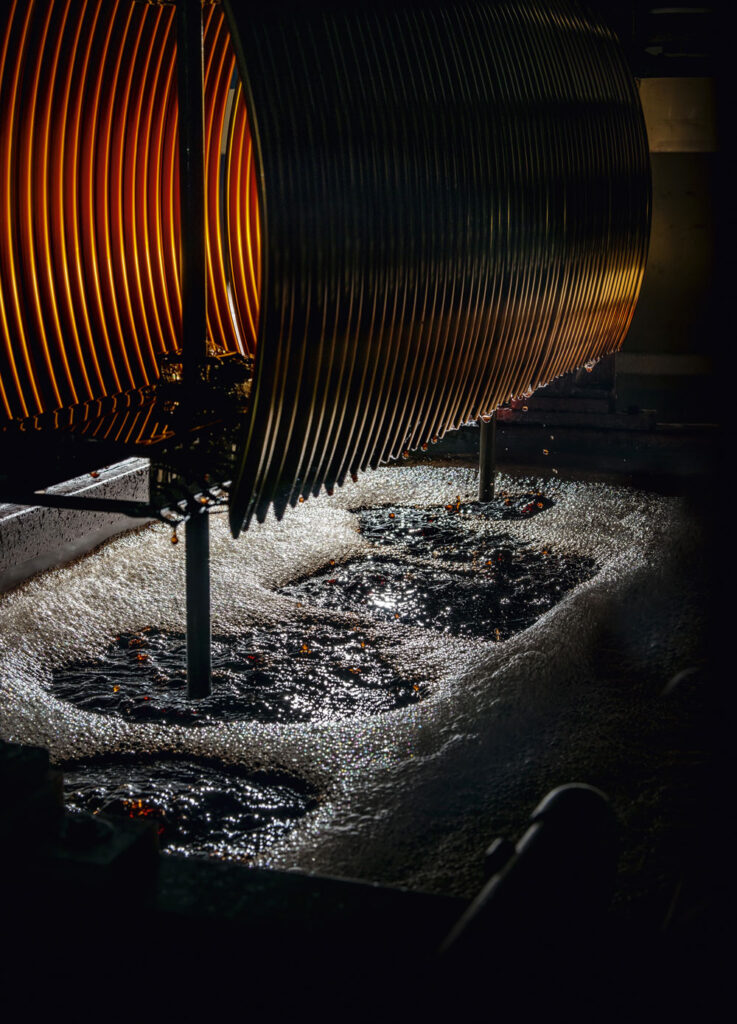News
Aluminium anodizing: processing phases in Anodica
The processing phases of aluminium anodizing
Davide Zanus, responsible for the plant and anodizing process in Anodica, explains the processing phases of aluminium anodizing.
I am often asked what aluminium anodizing is. In order to answer this question exhaustively, I believe it is necessary to explain the whole process and its individual phases, in their order of execution within Anodica’s anodizing department.
My colleagues and I can almost call ourselves “alchemists”, we bring aluminium “to life”, through a process that gives it gloss and colour. Anodizing a component is not just an electrochemical treatment: in fact, it is a more complex process that is divided into different phases. Let’s see them in detail one by one:
- Cleaning. Before being processed, the material is carefully cleaned. Indeed, it is impossible to obtain an excellent finishing result with dirty material.
- Gloss. We work to change the brightness of the surface and to achieve the effect required by the customer.
- Aluminium oxidation. A thin layer of aluminium oxide is grown on the machined piece. We use electricity in order to obtain the correct degree of oxidation.
- Colour. After oxidation, the component is almost always coloured. Colouring is an activity that brings us very close to artists. The long experience gathered by Anodica allows us not only to maintain tight control over the whole process, but also to replicate the same colour on different batches.
- Finish consolidation. The last phase of the anodizing process consists in the consolidation of the finish, which takes place through fixing and drying. It is precisely in this final phase that the aesthetic appearance of the manufactured article is fixed.
Up to now we have had a look at the steps in the aluminium anodizing process. But another question may spontaneously arise: What is anodizing used for?

The reasons why an aluminium product is subjected to the anodizing process are various, the most frequent however concerns aesthetics Anodizing is therefore carried out to reach a certain aesthetic effect and to make the material more beautiful.
Aluminium anodizing is carried out also for its improving effect on materials, in particular:
- resistance to wear;
- resistance to abrasion;
- surface hardness;
- resistance to corrosion;
- biocidal properties.
What does “biocidal properties” mean? Thanks to its HygenOx® patented treatment, perfectly integrated in the anodizing process, Anodica can obtain a product with biocidal properties. HygenOx® is in fact a special patented, antibacterial anodizing treatment that, without changing the colour and aesthetics desired by the customer, allows surfaces to acquire high antibacterial and fungicidal properties, as well as greater hygiene and easy cleaning. The aluminium antibacterial treatment is ideal for kitchen components, household appliances and medical furniture that are used in environments where hygiene is a fundamental requirement.
Do you want to know all the finishes that Anodica can offer by anodizing aluminium components? Contact us to speak with one of our technicians or download our Company Profile.
NEWS
Other posts that you could be interested in
Anodica Trevigiana becomes a Benefit Corporation
Anodica Trevigiana is proud to announce that as of February 2022 it has officially become a Benefit Corporation. Anodica Trevigian…
An interview with Benedetta Bonafè
Benedetta Bonafè, in Anodica dal 2023, ci parla del suo ruolo all’interno del reparto HR.
Anodica: Let’s talk to the team
Chiara, Carmine and Paolo are three professionals in the Anodica team who work in different company departments. In this interview…
Sampling and Prototyping at Anodica, an interview with Marco Barbacetto
rototyping is a fundamental corporate aspect. It allows you to understand the feasibility, the level of project engineering and th…





